The emergence of IoT applications has changed the way we work and live. IoT has created a smarter and more convenient world for us. The Internet of Things has huge development opportunities and can be applied in all walks of life. This article focuses on the top 6 IoT applications changing different industries worldwide.
Best IoT Applications
Smart City IoT Applications
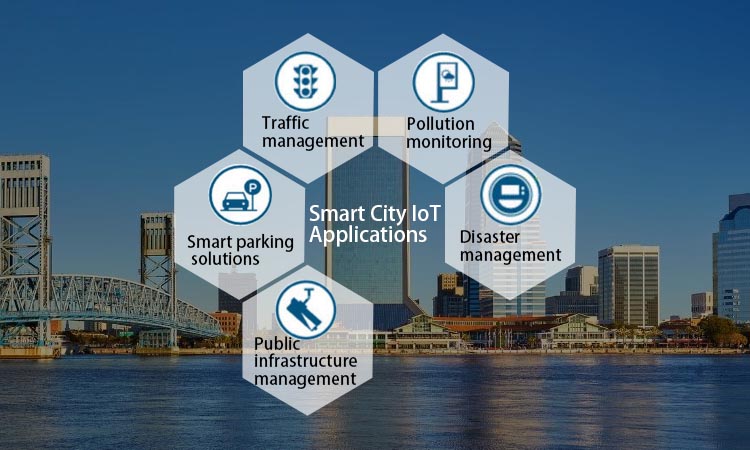
People call cities that use sensors and cellular or wireless technology in many places smart cities. A smart city is a popular concept that aims to eliminate some of the everyday challenges people face and bring more convenience to them. It addresses planning and public administration issues creatively and with service automation.
Smart City IoT applications are everywhere:
- Pollution monitoring. Air pollution is a pressing issue that every country needs to face. Smart cities enable air quality monitoring functions through the use of ubiquitous sensors. These sensors can measure parameters such as temperature, carbon dioxide levels, smog, and humidity in the air. With the data collected about air quality, one can speed up the progress of developing mitigation methods.
- Traffic management. Sensors on roads and traffic signals usually collect information on road data. These data are uploaded to a specific system via the Internet of Things and analyzed by the relevant technicians. They aim to use the data to analyze traffic patterns and rush hours and alert commuters. This collected information also helps people create solutions to bottlenecks. Commuters use the information from these analyses to identify congested roads. It can also help commuters find alternative routes. Third-party mapping services that we often use, such as Google Maps, already offer this solution.
- Smart parking solutions. In traffic management, where to park your car has always been a difficult problem to solve. Smart parking solutions provide a reliable approach to this problem. It provides drivers with more real-time information about available parking spaces.
- Public infrastructure management. As we all know, the state has invested a lot of money in public infrastructures such as street lights, roads, and gas pipelines. The annual expenditure on the maintenance cost of public infrastructure is quite high. And day-to-day functions are also affected by maintenance and forced to be interrupted. It affects people’s travel. An IoT-based maintenance and monitoring system will look for signs of wear and tear while the analysis mode is in progress. This finding of signs of damage without affecting day-to-day functionality can save cities a lot of money.
- Disaster management. Some disaster-prone areas can use IoT to connect to notification systems. Then, the system can detect and contain many sudden accidents before they become uncontrollable.
Smart Home IoT Applications
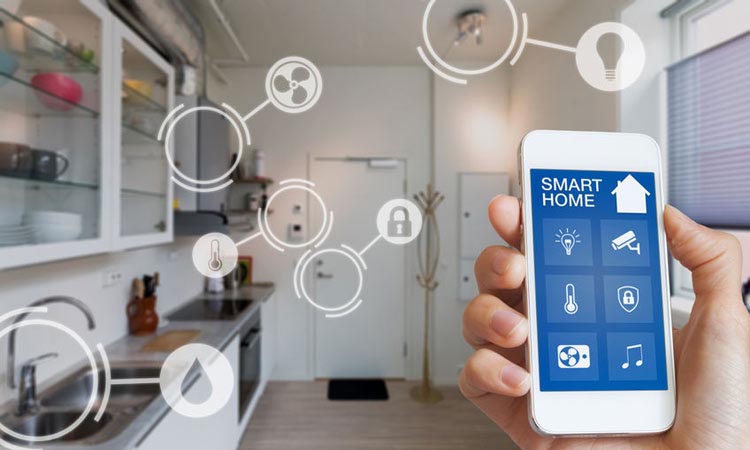
Smart home IoT applications are the most popular and useful in the list of IoT applications. The smart home can be described as an abbreviated version of the smart city. IoT-based smart home systems can use sensors to control and maintain the lighting. They can also use it to maintain resource management and security systems. The smart home creates a home with artificial intelligence.
These smart homes can control appliances, including lights, alarms, and door locks. It brings people a more convenient way of life. Smart home security systems are also designed to provide adequate protection for our safety and home security.
Applications of IoT in Healthcare
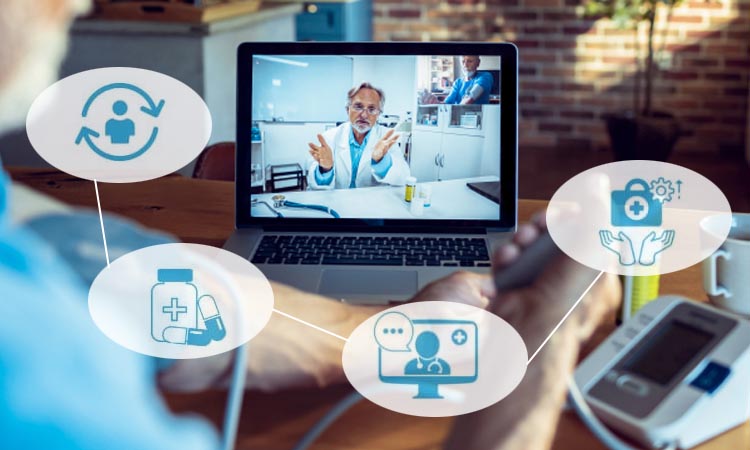
IoT in the medical field is mainly based on tracking and real-time health systems. These systems can greatly help improve patient care and maintain medical equipment. It can also assist doctors in telemedicine. Telemedicine IoT examples include digital communication of medical images and expert video consultations.
The use of IoT in the medical field is vital for people. It helps doctors to make the right decisions and the right actions. It can also bring smart treatment to patients and improve patient satisfaction. IoT creates a more efficient way to connect patients, doctors, and medicines.
IoT devices can also bring many benefits to the healthcare field:
- Remote monitoring. Doctors can remotely track patients who have sensors attached to their bodies. If the device’s parameters show abnormalities, the doctor will be the first to receive a message. It creates a pre-emptive action opportunity for the doctor. Physicians typically use it to track high-risk patients. These high-risk patients include those who are elderly and those with chronic conditions.
- Streamline patient cases and access. The Internet of Things enables real-time synchronization of data across departments. Doctors can log in to the hospital’s unified system through the Internet. They can view patient visit records and add new diagnoses to the system at any time.
- Optimize the pharmaceutical end of the process. Applications of IoT in healthcare have led to a significant drop in drug prices. Patients can get the medicines they need at a better price. It has a positive effect on reducing the cost of patient visits and treatment.
- Telemedicine and vaccine cold chain monitoring. IoT provided a great medium for telemedicine and vaccine cold chain monitoring during the COVIN pandemic. Telemedicine brings consumers convenience and greatly avoids the risk of doctor-patient contact infection. Vaccine cold chain monitoring protects the findings that medical researchers have painstakingly developed. To ensure that the vaccine developed will not be accidentally influenced by the outside world.
- Wearable medical devices provide personalized attention to patients. Some devices support monitoring blood pressure, heart rate, and blood sugar. And others offer services such as calorie counts for patients, reminders for doctor appointments, and more.
- Some IoT devices with built-in sensors can provide real-time tracking of the location of medical devices.
- Inventory management, asset management
IoT Applications – Wearables
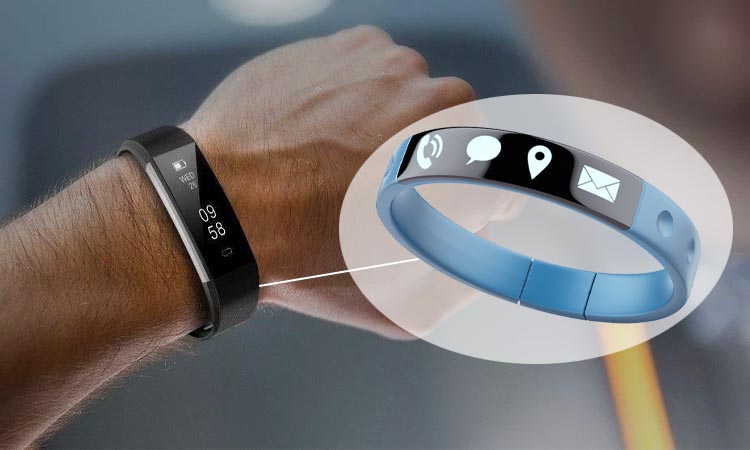
Wearable technology is one of the well-known hallmarks of IoT applications. These devices have a wide range of uses. Whether it is medical, health, or fitness, wearable technology can be seen.
Applications of IoT wearables:
- The most common IoT wearables we see are smartwatches. The smartwatch has many features that allow for simple reading of text messages and displaying notifications. It also supports tracking location and displaying alerts. The widespread use of smartwatches has positive effects on parents. Parents can track their real-time location through the smartwatch carried by their children.
- Fitness trackers are one of the common IoT wearable devices used by sports-loving people. Fitness trackers help users optimize their fitness goals and track their fitness progress. These devices usually have sensors that collect data from the user’s skin for tracking purposes. The data collected includes sleep patterns, heart rate, calories burned, and more.
IoT Applications in Industry
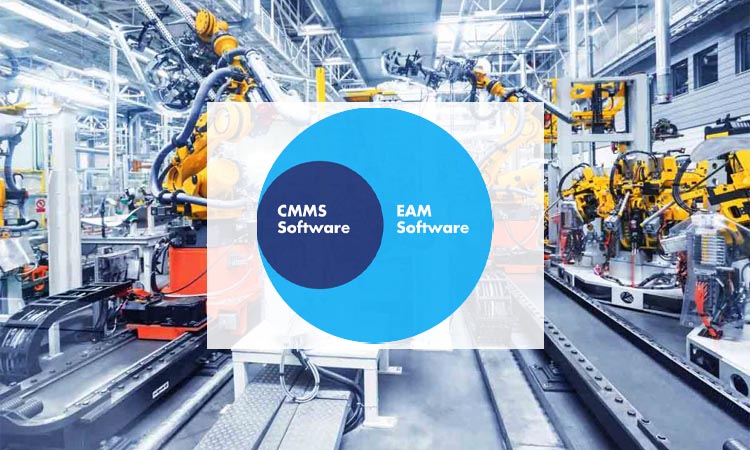
Industrial IoT is arguably the main driver of the fourth industrial revolution. Some call it the fourth wave of the industrial revolution, while others call it Industry 4.0. it will help companies collect relevant data to form strategic plans and improve efficiency. Plant projects and machines collect and analyze data through sensors connected to the Internet of Things. This type of technology can be of great help to factories in reducing energy consumption. It can also help factories improve asset-tracking processes. It also helps factories identify equipment problems early. It protects plant profits and effectively increases supply chain productivity.
Common iot applications in industry:
- Maintenance Management. Two systems are commonly used in factories. They include Enterprise Asset Management (EAM) and Computerized Maintenance Management System (CMMS). Both of these systems are extremely beneficial for the maintenance management of plant equipment. IoT-enabled sensors used in conjunction with these systems can extend the physical life of machines. It can also help managers ensure machine availability and reliability.
- Predictive maintenance. Real-time monitoring of equipment provides an opportunity to track the health status of machines. Real-time monitoring of equipment will alert people to machine maintenance when necessary. The use of IoT in the industry has helped people to achieve predictive maintenance of machines. It also helps companies to reduce operational costs.
- Optimize product development and quality inspection. The Industrial Internet of Things can improve everything from packaging to management. It owns and goes beyond supply chain management and maintenance management. Aggregating data helps optimize product development and quality inspection. IoT automates many operations that require manual maintenance. It helps people realize the desire to automate mass production.
IoT Application in Agriculture
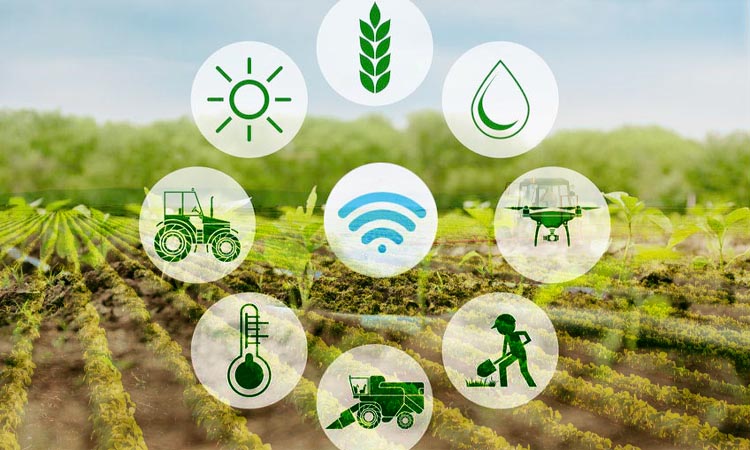
IoT is beneficial to the development of agriculture. According to relevant studies, it is predicted that the world population may grow to about 10 billion by 2050. The increase in population will lead to an increase in the demand for food. To feed such a large number of people, farmers must combine technology with farming to increase crop yields.
Internet of Things in Agriculture:
- Sensors are used to track fertilizer distribution based on soil chemistry. At the same time, soil nutrient and water concentrations are also tested. Good harvests are affected by acidity levels, moisture, temperature, and nutrients. Thus, monitoring the soil helps farmers to identify problems and solve them in time.
- One of the more common applications of IoT in agriculture is smart irrigation. Smart irrigation aims to regulate and efficiently use water in agriculture. The IoT system will command the water to be turned on when the soil is dry and turn off when a certain moisture level is reached. Smart irrigation reduces waste due to human error to a certain extent.
- Livestock tracking uses RFID chips to track the vital signs of animals. The farmer can obtain detailed information about the animal by scanning the chip with an RFID reader. It includes vaccination details and location, etc.
- The advent of smart greenhouses has greatly reduced the dependence on climate. Smart greenhouses grow crops mainly by using microclimates. These smart greenhouses usually have embedded devices built into them. Through these devices, farmers can monitor the climate inside the greenhouse. Many sensors inside the greenhouse can be used to track and control all the parameters. The smart greenhouse also has a light-water automation system. It automatically adjusts the right light level and water when crops lack water.
- Predictive agriculture is one of the advantages of IoT applications in agriculture. Through a constant stream of data collected by sensors, farmers can derive ideal parameters for crop growth. It also helps farmers to find the right fertilizer.
- Agricultural drones are mainly used for imaging, mapping, and measuring farms. The drones will be equipped with sensors and cameras on them. The two common types of drones we see are ground drones and aerial drones. Ground drones are mainly used on the ground to survey fields using moving wheels. On the other hand, aerial drones are uncrewed aerial vehicles that people can control remotely. These drones have basic surveillance capabilities. Drones can also perform many tasks that before needed to be done manually. More common tasks are planting crops, pest control, agricultural spraying, and crop monitoring.
According to a report by Statista, IoT technology has huge potential for development. The report estimates that the number of IoT devices worldwide will nearly triple from 2020 to 2030. From 9.7 billion units to more than 29 billion units. We will see IoT applications in more places. In the future, our lives will become smarter and more convenient.







